India has more than 1,500 historical sites with amazing ancient rock-cut architecture. Bhaja Caves are recognized amongst the oldest Buddhist caves and cultural heritages in Western India. Built about 2,300 years ago, these caves are among the oldest Buddist schools spreading Buddhism in Maharashtra. Bhaja caves are therefore carrying a remarkable history on spread of Buddhism in Ancient India. Bhaja Caves also count among the top historical tourist destinations near Pune and Lonavala region.
The history rich caves of Bhaja apprear on about 400 feet high hill near the village of Bhaja, in the Maval Taluka of Pune district. It is on the Mumbai-Pune highway, hardly 12 kilometers from Loavala. But Pune is not too far – just about 60 kilometers along the highway. Archaological Survey of India (ASI) now protects the site as a ‘Monument of National Importance’.
The region of Lonavala was then well populated with Buddhist schools. The Buddhist caves of Karla, within 5 kilometers of distance from Bhaja, are very similar to each other. Bedse Caves, another rock-cut Buddhist monastic complex in the region. Interstingly, all of these caves belong to similar period.
Bhaja Caves History
History of Bhaja Caves belong to Hinayana phase of Buddhism. It consists of 22 caves in a group, mostly datable from 3rd century BC to 2nd century CE. However, some of the painted Buddha images belong to 5-6th century CE as well. It proves the Buddhist schools of Bhaja Caves were functional till that period.
Spread of Buddhism
Bhaja Caves represent an early buddhist school to disseminate Buddhism in the territory. The large prayer halls depicts the school culture somewhat. But the question that firstly comes in mind – what was the reason behind the selection of the small hill of Bhaja to promote Buddhism?
Well, the answer is, the caves were purposefully built on the mountain pass (Bhor Ghat) of an important ancient trading route. It once connected Deccan to the port of Konkan coast. Being on the hill, the caves of Bhaja were visible from distance. But low height made it quite easier to access. Therefore, the mountain pass of Bhor Ghat was indeed a strategical selection for promoting Buddhism.
Buddhism started spreading in the region during late Mauryan period. Mauryan King Ashoka (ruling period 268-232 BCE) took a great initiative to spread Buddhism across the world. Bhaje alias Bhaja Caves are excellent examples of rock cut caves of 200 BCE, carrying a rich history on spread of Buddhism in the region.
The relics of Buddist monks who lived and died at the caves, are still kept under the stupas. 14 such Stupas arranged in a huddle, are one of the cave’s most notable characteristics. Some of Stupas were also made outside the caves though.
Bhaja Caves Carvings
The fabulous carvings and paintings of Bhaja Caves are the most famous attraction of the location. All of the caves display intricate sculptures and reliefs, bearing the cultural history of India since 3rd century BCE. These sculptures mostly depict scenes from the life of Lord Buddha and other Buddhist monks. The sculptures of Bhaja Caves also feature elaborate headdress, garlands, and jewelleries. Originally they might have been painted in bright colors, but later covered with plaster. Initially the caves had symbolic Buddha representation, a unique characteristic for early Buddhism. But in later phase, Buddha was painted in physical form as well.
Bhaja Caves carvings unfold an incredible finding on Indian music and cultural history. A 2nd century BCE carving shows a woman playing tabla and another woman performing the dance. It certainly proves that use of Tabla (or Pushkara then called) is more than 2200 years old in India. Earlier assumption Table was a foreign musical instrument.

Bhaja Caves Architecture
Bhaja Caves, the ancient Buddhist heritage of Maharashtra displays the mastery of 2,200 years old rock-cut architecture. The architectural designs are very similar to the Karla Caves, another momument in the vicinity representing ancient Buddhist Architectures.
Bhaja Caves complex consists of two types of caves – Chaityas (prayer halls) and Viharas (living halls). Hence, two different architectures are also visible at Bhaje Caves. According to ASI, Chaitya Griha (cave no 12) of Bhaje Caves is the oldest yet so promiment among the surviving chaityas in India.
Chaitya Griha Architecture
Chaitya Griha carries the most impressive Buddhist Cave Architecture in the entire cave complex. This rock-cut rectangular hall is 18 meters in length, 8.50 meters wide, and 6.5 meters in height with an arched horseshoe shaped ceiling.
Fantastic Wooden Architecture work of Burmese teak rib beams are visible to support the ceiling. The arched gateway has a horseshoe shaped chaitya window carved above it. A number of small chaitya windows also sit on the fencing motifs on both sides. 27 octagonal pillars in leaning position, that bears the load of the ceiling is indeed an incredible Wooden Architecture.

The wooden pillars had enough decorations and carvings which are mostly lost. Chaitya griha walls have the classic Mauryan glossy finish. A rock-cut stupa exists at the back end of the cave, measures 3.45 meters in diameter, th emost prominent stupa of Bhaje Caves. It has a cylindrical drum base with a hemisperical dome on it. The dome has a hole at the top for placing an wooden umbrella, surrounded by a Harmika (railing pattern).
Vihara Architure
The entire complex of Bhaja Caves has simple rock-cut Viharas. All of the Viharas have pillared verandahs in front and are adorned with unique reliefs. The viharas at Bhaja have carvings in two levels. There are a few double-storied viharas too.

Viharas consisted of small cells or chamber majorly used for living or meditation. Each cells have stone beds, probably for monks to rest. Some of them had stone benches, water cisterns as well.
Important Caves
Bhaja Caves Chaityagraha (Cave 12) is An wooden beam in the cave records two inscriptions, datable to the 2nd century BC. A cistern inscription, datable to 2nd century CE, shows the name of a donor- Maharathi Kosikiputa Vihnudata. Total 8 inscriptions found in the caves, some of them carrying the donors’ names. However, the Buddha Images of Chaitya Griha are of much later phase.
Cave 6 ia an irregular Vihara (monastery) cave served as dwelling places for Buddhist monks. These caves consisted of 7 small cells or chambers for meditation and living quarters. An inscription on the cell door states that Bodhi, ploughman’s wife, gifted this Vihara.
Cave 16 has two inscriptions, one of which is damaged. The Cell door inscription describes ‘the gift of cell from Nadasava, a Naya of Bhogwati.’ One more inscription over two wells in one recess describes ‘a religious gift of cistern by Vinhudata, son of Kosiki, a great warrior.’
Cave 18 is a monastery and consists of a rectangular hall with a front pillared verandah. The hall has two cells each on the back and right side. There is a stone bench on the left side. Cave 18 pillars are unlike chaityagrha pillars, having square base and top with octagonal shape at the middle.
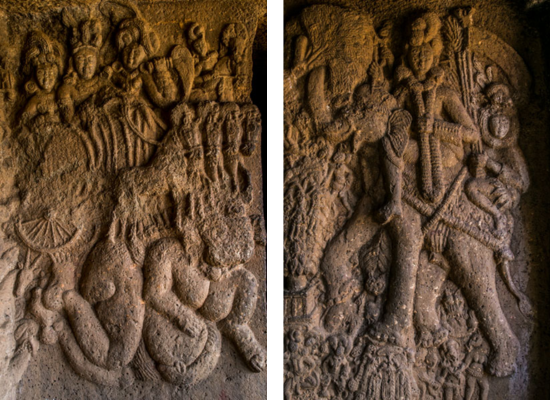
Two famous sculptural reliefs are present in this cave. One depicts the Sun god Surya attended by two women, driving in a chariot driven by four horses, tramples a demon. Second sculpture of cave 18 depicts the God Indra driving an elephant carrying an ankusa (elephant goad), with attendants carrying a banner and spear.
Bhaja Caves Stupas
Relics of Buddhist monks who lived and died at Bhaja, kept inside the rock-cut stupas. One irregular excavation is identified as a Buddhist cemetery, which has fourteen rock-cut stupas. Some of the Bhaja Caves stupas display inscriptions, which the other interesting part for the history enthusiasts. One of the cave stupas at Bhaja carry the name of sthaviras, undoubtedly an important monk of the Buddhist monastery. Bhaja cave inscriptions also display the names of several other monks. Such three monks are Ampinika, Dhammagiri and Sanghdina.

Another noticeable stupa inscription mentions ‘Stavirana Bhadanta’ (means the venerable reverend), giving a grand tribute to one of the monks. Names of monks had been titled with Theras. Bhaja Caves stupas have detailed carvings on them. Two of the stupas have relic box on their upper side.
Historical significance of Bhaja Caves
Bhaja caves belong to the Hinayana phase, the oldest phase of Buddhism. It unveils the 2,300 years old cultural heritage of India. The great chaitya, other prayer haal and living rooms are still carrying many glimpses of ancient Buddhism and its cultural practices. Bhaja caves therefore bears a great significance to the history explorers.
The fascinating architecture of Bhaja is also very rare and amongst the very few oldest rock cut Buddhist architectures in India. Bhaja cave sculptures and carvings depict a lot contemporary lifestyle, use of jwelleries and predominantly, the life of Buddha.
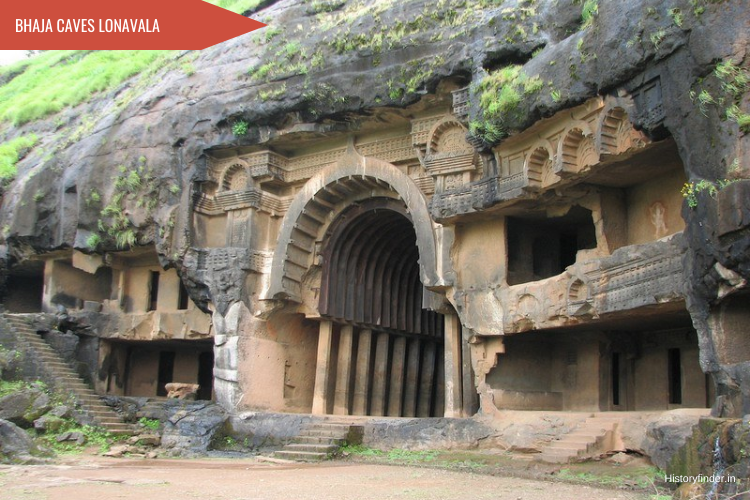
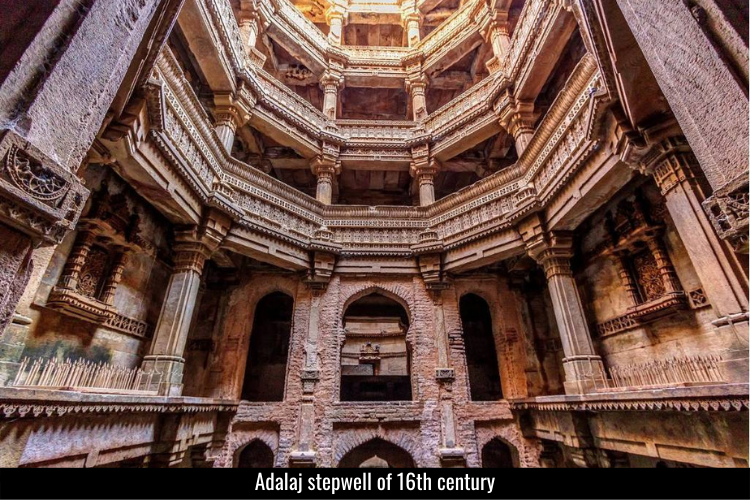
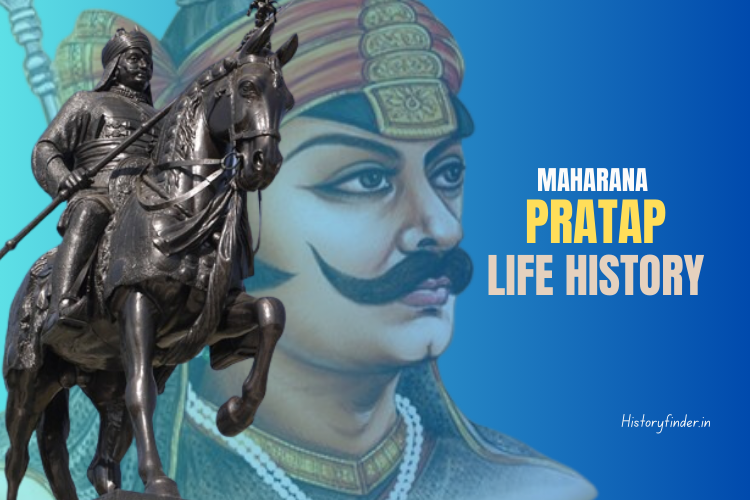
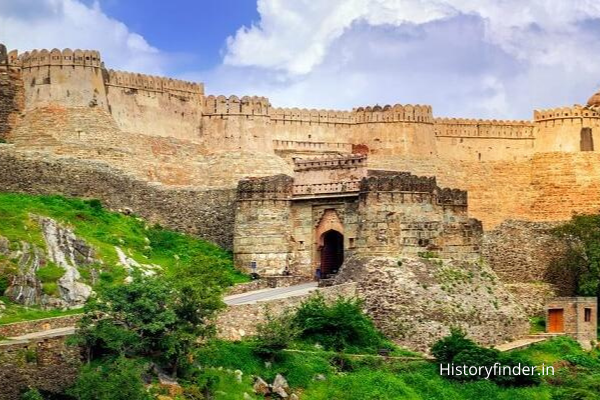
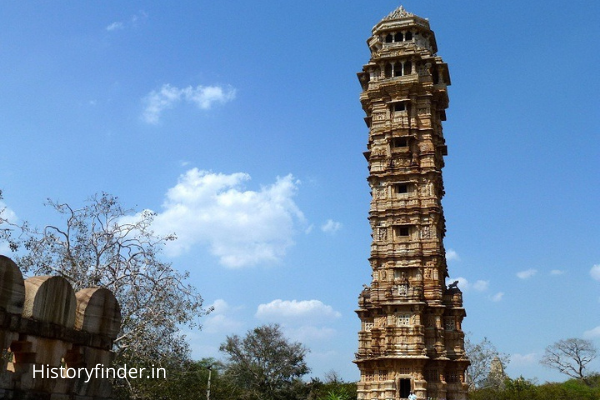
Pingback: Karla Caves History and Architecture - History Finder